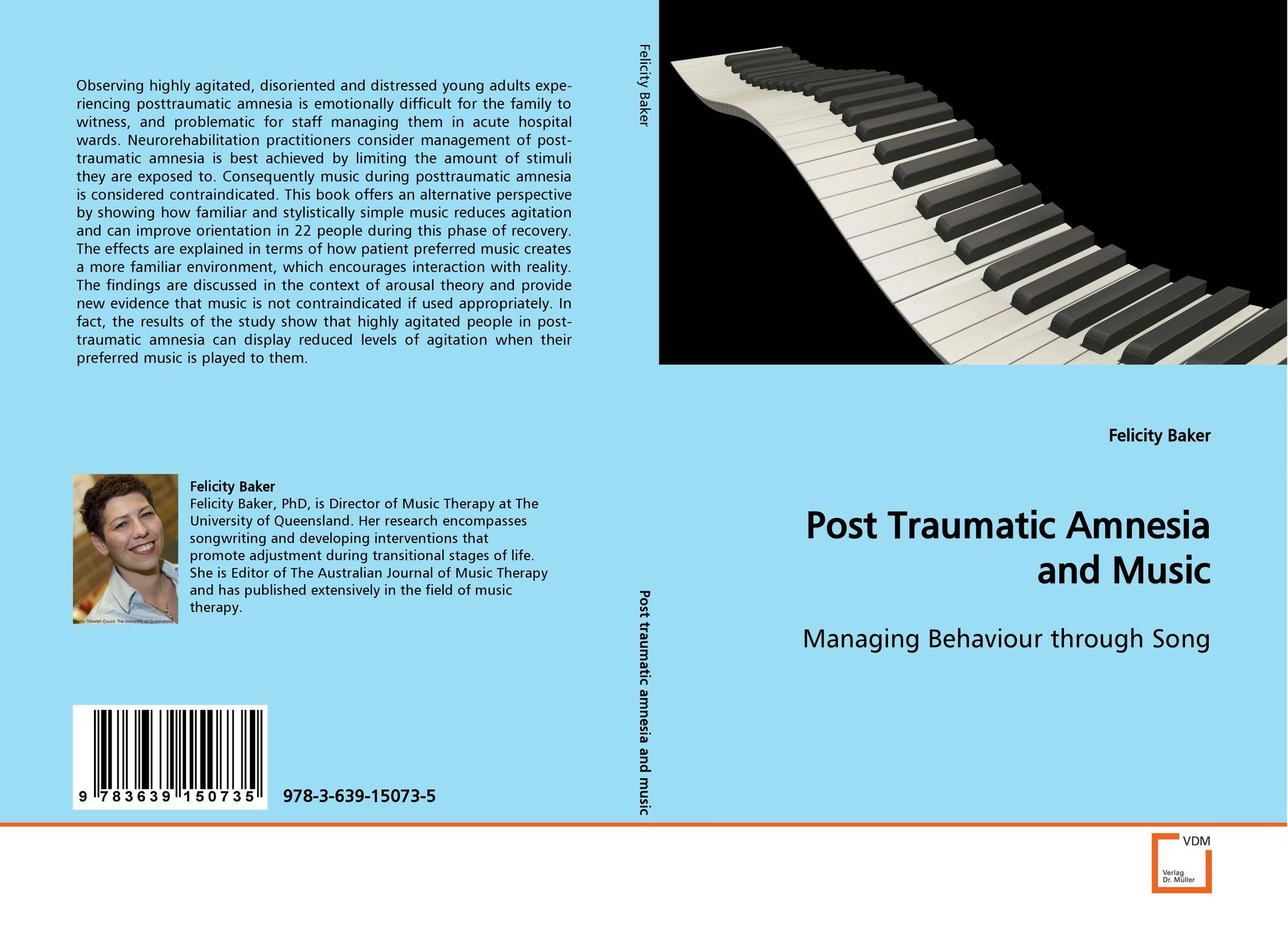

Sometimes family and friends can become unnecessarily upset that a survivor does not remember a visit, not understanding that making new memories is generally beyond the emerging skill level of a survivor in PTA. When PTA is particularly severe, a visitor may simply walk out of the room for a minute and find upon return that he or she is greeted by the survivor as a fresh arrival. Brain injury survivors often relay that they were told of visits by significant others and acquaintances during the survivors’ hospital stays, but due to PTA the survivors have no memory of these visits. For instance, a brain injury survivor may report that though a coma suffered lasted for only two weeks, he or she has no memories of his or her first three months of therapy. This inability to make new memories (hence the “amnesia” portion of PTA’s name) manifests itself in many ways. Two of the main features of PTA are an inability to make new memories and disorientation. PTA contains many unique features and experiences which are important to understand. For most survivors of serious brain injuries, there is a period of time after they “wake” from their comas in which they are in a state called Post-Traumatic Amnesia (PTA). Unfortunately, returning to life after a brain injury is no fairy tale and brain injury survivors do not simply wake with all of their skills intact. With the prince’s kiss, she suddenly wakes from her stupor and greets the world as if she had just simply been asleep. In most cases, PTA passes when the person’s brain has recovered enough to make sense of what is happening.In fairy tales the stricken princess lies still on the bed, oblivious to the world around her. They may not know where they are and sometimes who they are. PTA refers to a particular kind of memory loss where the person is unable to store recent memories such as what happened a few hours, or even minutes, ago. This stage of recovery may last for hours, days or weeks and is called Post-Traumatic Amnesia (PTA). When a person is coming out of a coma, they go through a gradual process of regaining consciousness. The severity of a brain injury is traditionally based on how long someone is unconscious, the length of their Post-Traumatic Amnesia (PTA) and brain scan results. This indicates the extent of damage to the brain. The severity of a Traumatic Brain Injury is often described as ‘mild’, ‘moderate’ or ‘severe’. However, not all brain injuries are visible on routine scans. CT stands for ‘Computerised Tomography’ and MRI stands for ‘Magnetic Resonance Imaging’. CT and MRI scans are the most used types. A scan can locate the areas of the brain affected by an injury. Brain Scansīrain scans allow doctors to ‘see’ inside our brain. This type of injury is called ‘diffuse’ because it is spread over a large area of the brain. A diffuse axonal injury can also cause brain cells to die which results in swelling. This causes stretching and/or tearing of the brain cell fibres (axons). A Diffuse Axonal Injury (see below) results from the brain rapidly moving back and forth, and twisting, in the skull. A fracture can cause damage to the brain’s protective layers, blood vessels or the brain itself.Ĥ.
#Post traumatic amnesia treatment crack#
A Skull Fracture is any break or crack in the bones of the skull. Swelling of the brain can occur hours, or days, after the initial injury.ģ.

This can make the person affected seriously ill or can even cause death. As pressure builds up, the brain presses against the skull. Brain swelling can be serious because the skull cannot stretch as the brain gets bigger. Swelling (Oedema) is the body’s response to many injuries.

A Brain Haemorrhage – bleeding in, or around, the brain when a blood vessel tears or burstsĢ.Sometimes surgery is performed to remove haematomas as they can cause pressure to build up inside the skull. A Haematoma – a pool of blood that develops when a vessel bursts in or around the brain.A Contusion – a bruise on the brain caused by blood leaking from tiny vessels.This results in bruises or bleeding – for example: What happens in a Traumatic Brain Injury (TBI)?Ī TBI may include one or more of the following:ġ. The degree of damage following a Traumatic Brain Injury can depend on several factors, including how the injury happened and how much force was involved. Common causes of a traumatic brain injury include car crashes, assaults, falls, sport accidents or an object penetrating the skull. A Traumatic Brain Injury happens when an outside force is applied to the brain, or body, that affects the brain’s functioning.


 0 kommentar(er)
0 kommentar(er)
